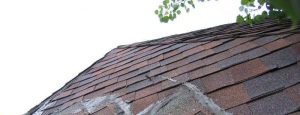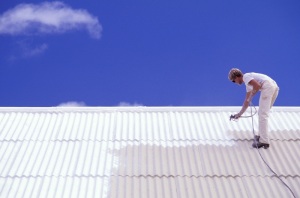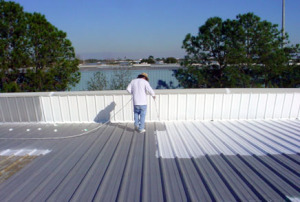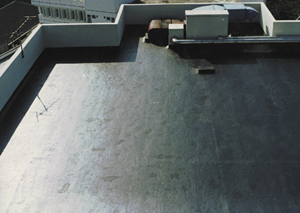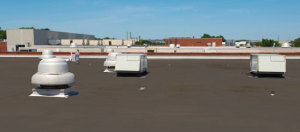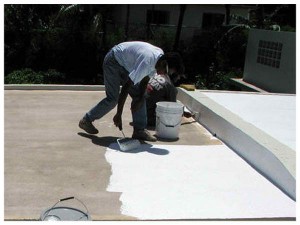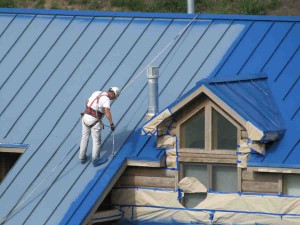How to Spot Signs of a Problematic Orange County Roofing
The roof is an integral part of your house. It performs a vital function by keeping the elements out of the home’s interior and protecting everything inside. Being constantly exposed to harsh weather, your Orange County roofing will deteriorate in time and need repairs or replacement. Detecting early signs of roof going bad will enable you to fix it, prevent further damage and spending more money.
Here are the most common signs of a problematic Orange County roofing:
1. Uneven or Damaged Shingles
Conduct a visual inspection and look at the shingles on your roof. Do they look flat or uneven? If they look like the latter, it may indicate damaged shingles that need to be replaced. Inspecting your roof after a storm or severe weather condition is advisable. Shingles may be damaged from strong winds, snow or hail. Delaying the repair of your roof could lead to serious damage later and cost you more.
2. Higher Electric Bills
We use power to cool our homes during the hot summer months and to heat them during the cold winter months. A good roofing system helps insulate your home against drastic temperature fluctuations by maintaining relatively uniform temperatures inside. If you suddenly find your monthly electric bills going up without your having bought or use new appliances or equipment that could explain the increase in power consumption, you might be losing cold or heat through your roof.
3. Spots on Ceilings and Walls
Water leak on the roof is the usual culprit when you see spots on these areas. Molds grow on damp places and indicate the something is wrong with your roof. Mold may also be caused by poor ventilation or damaged shingles. A professional is the best person to determine the problem.
4. Cracked or Peeled Paint
Paint is a good indicator of the roof’s condition. A cracked or peeled paint on the exterior or underside may indicate rust or other issues with the roof. An inadequate or impaired attic ventilation is one of the common causes of peeling paint.
5. Old Roofs
Roofs are built to last for decades depending on the material type used for the roof. Metal roofs generally last longer but cost more. If your roof has been protecting your home for years and has reached its estimated service life, it may be time to consider making a replacement. A proactive approach to roof maintenance means checking your roof and replacing parts before a real problem arises. Proactive maintenance could save you money in the long run.
These early warning signs of a roof going bad should alert you to take remedial actions to prevent further roof deterioration.
